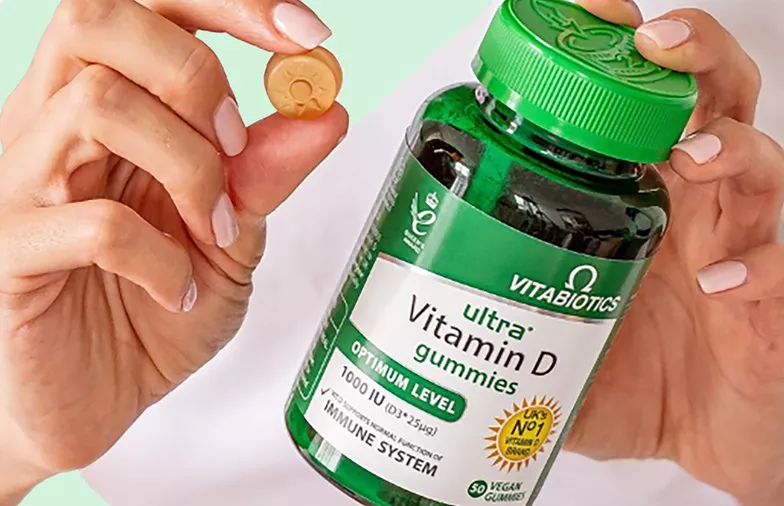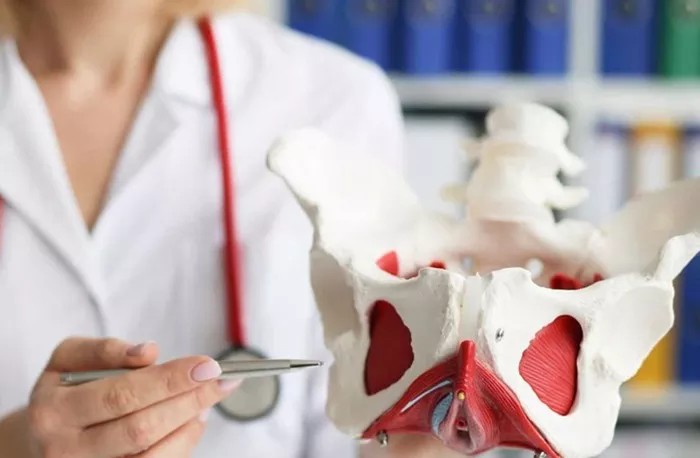Sunlight plays a crucial role in human health, beyond just providing light and warmth. One of its most significant contributions is its ability to facilitate the natural production of Vitamin D in the skin. This article explores the relationship between sunlight and Vitamin D, its numerous health benefits, the risks of deficiency, and safe sunlight exposure practices.
Understanding Vitamin D: More Than Just a Vitamin
While often referred to as a vitamin, Vitamin D is technically a prohormone, a substance that the body converts into a hormone. It is unique because it can be synthesized by the human body when ultraviolet B (UVB) rays from sunlight strike the skin. This process triggers the conversion of cholesterol in the skin into Vitamin D3, the active form of Vitamin D, which is then metabolized by the liver and kidneys to its active hormonal form, calcitriol.
The Importance of Vitamin D
Vitamin D plays a multifaceted role in the human body, influencing bone health, immune function, and metabolic processes. Its primary function is to regulate the absorption of calcium and phosphorus in our bones and aid in cell communication throughout the body.
The Sunshine Vitamin: How Sunlight Provides Vitamin D
Sunlight is the most natural way to obtain Vitamin D. When skin is exposed to UVB rays, it produces Vitamin D naturally:
UVB Radiation and Vitamin D Synthesis: UVB rays from the sun penetrate the skin and convert cutaneous 7-dehydrocholesterol to previtamin D3, which is rapidly converted to Vitamin D3.
Factors Affecting Vitamin D Synthesis
Several factors can influence how much Vitamin D your body produces from sunlight:
Geographic Location: People living far from the equator may make less Vitamin D in the winter months.
Skin Pigmentation: Melanin acts as a natural sunscreen, so individuals with darker skin need longer sun exposure to produce the same amount of Vitamin D as those with lighter skin.
Age: Older adults have reduced capacity to produce Vitamin D from sunlight.
Time of Day and Season: UVB radiation is strongest from 10 AM to 3 PM and during the summer months.
Sunscreen Use: Sunscreen blocks UVB rays and can significantly decrease Vitamin D synthesis if applied thoroughly.
Health Benefits of Vitamin D
Bone Health and Beyond
The most well-known benefit of Vitamin D is its essential role in bone health. It helps the body absorb calcium, preventing rickets in children and osteoporosis in older adults. However, its benefits extend well beyond that:
Immune System Support: Vitamin D is crucial for the immune system’s effective functioning, helping to fight off infections and inflammation.
Prevention of Chronic Diseases: Higher levels of Vitamin D have been associated with a reduced risk of diseases such as multiple sclerosis, heart disease, and certain cancers.
Mental Health Benefits: Vitamin D may play a key role in regulating mood and warding off depression.
Muscle Function: Adequate Vitamin D levels are essential for muscle strength and coordination.
Vitamin D Deficiency: Risks and Symptoms
A lack of sufficient Vitamin D can lead to several health issues:
Bone Diseases: Such as rickets in children and osteomalacia in adults.
Muscle Weakness: Leading to an increased risk of falls and fractures in older adults.
Immune Dysfunction: Increasing susceptibility to infections.
Cardiovascular Issues: Including hypertension and heart disease.
Mood Disorders: Such as depression and anxiety.
Recognizing Deficiency Symptoms
The symptoms of Vitamin D deficiency can be subtle but may include fatigue, bone pain, muscle weakness, mood changes, and frequent infections.
Safe Sun Exposure: Balancing Benefits and Risks
While sunlight is a natural source of Vitamin D, excessive exposure to UV rays can increase the risk of skin cancer. It’s important to balance sun exposure to maximize Vitamin D synthesis while minimizing risks:
Limit Time in the Sun: 10-30 minutes of midday sunlight, several times a week, may be sufficient for adequate Vitamin D production, depending on the factors mentioned earlier.
Use Sunscreen: Apply sunscreen after the initial 10-30 minutes of unprotected exposure to protect against sunburn and skin cancer.
Wear Protective Clothing: Hats, sunglasses, and long sleeves can protect the skin during extended periods outdoors.
Supplementation and Dietary Sources
In cases where sufficient sun exposure is not possible, Vitamin D can also be obtained through diet and supplements:
Dietary Sources: Fatty fish like salmon and mackerel, fish liver oils, fortified dairy products, and egg yolks.
Supplements: Vitamin D supplements are available in two forms: D2 (ergocalciferol) and D3 (cholecalciferol). D3 is the more potent and preferred form for treating deficiency.
Conclusion: Embracing the Sun with Caution
Understanding how sunlight contributes to Vitamin D production underscores the importance of this natural resource for health. Safe sun exposure practices are essential to harness the benefits ofthe sun while minimizing risks. By integrating mindful sun exposure, a balanced diet, and possible supplementation, individuals can maintain optimal Vitamin D levels, supporting overall health and well-being. Whether basking in the sun or opting for dietary sources, the journey to adequate Vitamin D levels is vital for maintaining a healthy body and mind.
[inline_related_posts title=”You Might Be Interested In” title_align=”left” style=”list” number=”6″ align=”none” ids=”8569,8479,8475″ by=”categories” orderby=”rand” order=”DESC” hide_thumb=”no” thumb_right=”no” views=”no” date=”yes” grid_columns=”2″ post_type=”” tax=””]































